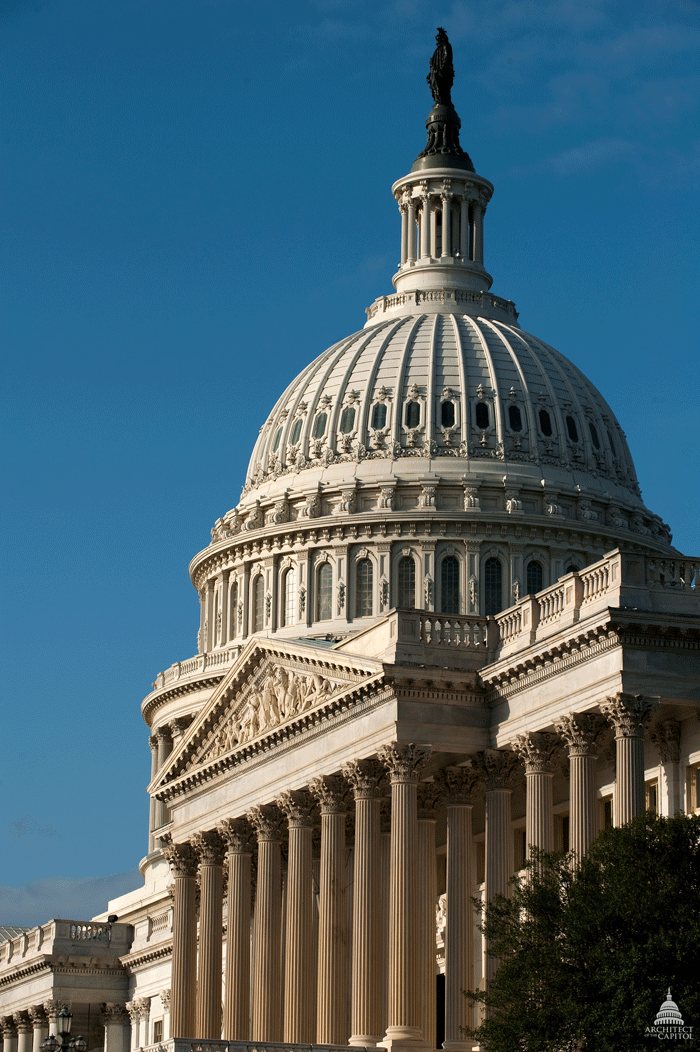GMO labelling
THE AMERICAN DEBATE
TWENTY YEARS AFTER the approval of Roundup Ready soybeans, 90 percent of US corn acres and 93 percent of soybean acres rely on genetically modified (GM) seed, and the Grocery Manufacturers of America estimates that 80 percent of the food Americans consume contains GM-based ingredients.

Yet fights over the technology — its safety, its environmental effects, its role in agriculture — continue. The hottest battles currently centre on whether to label foods that include GM ingredients.
The consumer’s “right to know” about foods has been hotly argued in the US before; for example, in cases such as country-of-origin labelling. It is a rallying cry that resonates with many consumers who want more control over their food supply.
In the US, regulations on food labelling are the responsibility of the Food and Drug Administration (FDA), a federal agency, but much of the effort to force labelling is taking place at the state level.
Most recently, the Vermont state legislature passed a law mandating the labelling of GM foods. Connecticut and Maine have also passed similar measures, and more than two dozen states are considering some kind of mandate. In two west coast states (California and Washington), voters barely turned down GM labelling mandates only after industry groups like the Grocery Manufacturers Association spent tens of millions of dollars on anti-labelling campaigns.
Whether such state laws could be enforced is another matter. Labelling supporters in Vermont predict the biotech industry will challenge any state-level law in the courts. At least one legal analysis, published in the Minnesota Law Review, suggests that state mandates are likely to violate the US Constitution’s Commerce Clause because the cost to interstate commerce would exceed any possible benefit. There are additional legal arguments that assert the US Congress has pre-empted states from mandating labelling by delegating food labelling authority to the “uniquely qualified” FDA.
Meanwhile, a newly introduced bill in the Congress would (if passed) prohibit any mandatory labelling of foods made with bio-engineered ingredients and effectively block state efforts to ban the use of the term “natural” in foods containing any GM ingredient. Bill supporters are reportedly intent on passing it this year, but with elections in November, the time window for action is limited.
Between the constitutional issues and the outlook for congressional action, state labelling campaigns could seem pointless — except that state-by-state debates are having an effect on general public attitudes.
For example, a New York Times poll last summer found that 93 percent of Americans want foods that contain GM ingredients to be labeled. Like recent fights over laying hen cages and hog farrowing crates, this is a battle that GM industry supporters could win in the halls of government but lose in the court of public opinion. If that happens, the final compromise is more likely to be a consistent federal regulation that would probably include a minimum tolerance level, rather than a patchwork of state laws. That would require federal legislation, an about-face in FDA’s approach to biotechnology, and an extended process to develop regulations – almost certainly a contentious, multi-year process.
All told, there are enough parties and opinions in this debate to guarantee the issue will not be resolved any time in the near future. •






















